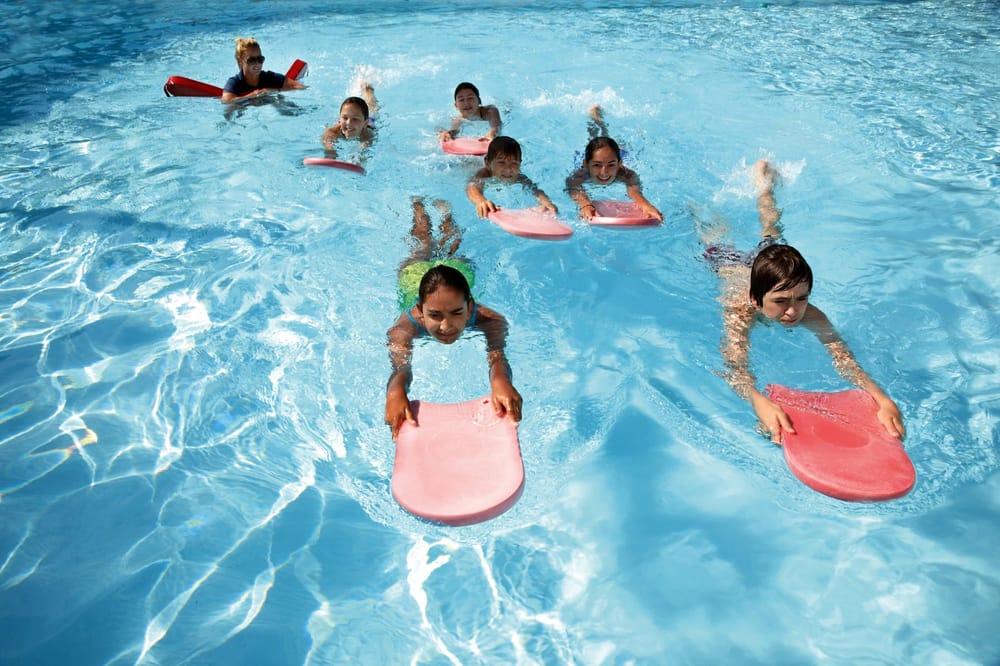Planning and Executing Homeschool Extracurricular Activities by Age

Introduction
Homeschooling is such a unique adventure. You get to guide your children’s learning at their own pace, explore their passions, and make education feel meaningful every day. But when it comes to extracurricular activities, it can feel overwhelming—how do you help your child build skills, make friends, and explore new interests without filling your week to the brim?
Here’s the good news: planning extracurriculars by age makes it easier. By matching activities to your child’s developmental stage, you can create experiences that are enriching, fun, and just the right amount of challenge. In this guide, we’ll share ideas, schedules, reflection tools, and tips for every age—from tiny tots to teens—so your family can thrive.

Why Planning by Age Matters
Children grow quickly, and their needs, attention spans, and interests change as they do. Planning by age helps you:
- Choose activities that are age-appropriate and enjoyable.
- Support social, emotional, and skill development at the right pace.
- Avoid over-scheduling and burnout.
- Encourage confidence and independence by letting kids succeed at the right level.
Think of it as meeting your child where they are—not forcing them into a one-size-fits-all model.

Ages 3–6: Little Explorers
Early learners are full of curiosity, energy, and creativity. Activities should be short, playful, and hands-on.
Ideas:
- Arts & Crafts: Finger painting, clay, collages, and simple projects that spark creativity.
- Movement: Dance, toddler gymnastics, or nature walks for gross motor skills.
- Music & Rhythm: Singing, instruments like tambourines or xylophones, or music classes for toddlers.
- Social Play: Playdates, library story times, or co-op classes to learn sharing and teamwork.
Friendly Tip: Don’t stress about structure—let curiosity lead! If your 4-year-old decides spaghetti noodles make excellent paintbrushes, that’s fine. Exploration and joy are what matter most.

Ages 6–10: Curious Adventurers
Elementary-aged children thrive on trying new things and building skills, but they still need a mix of structure and play.
Ideas:
- Sports: Swimming, soccer, martial arts, or gymnastics for fitness and teamwork.
- Arts: Drama, choir, beginner music lessons, or art clubs.
- STEM & Learning Clubs: Robotics, coding, or science co-ops spark curiosity and problem-solving.
- Community Activities: Volunteering at local shelters, gardening, or library programs foster responsibility.
Friendly Tip: Encourage exploration. Let your child try different activities—many times the first class offered is free or a trial class. Just ask if they offer this!

Ages 10–13: Budding Explorers
Tweens are developing identity and independence. They’re ready for activities that challenge their skills and build friendships.
Ideas:
- Specialized Sports & Competitions: Team sports, martial arts tournaments, or dance recitals.
- Performing Arts: Drama, music ensembles, or choir for collaboration and confidence.
- STEM & Academics: Math clubs, science fairs, or coding competitions.
- Leadership & Responsibility: Mentoring younger kids, organizing co-op classes, or volunteering.
Friendly Tip: Help tweens set achievable goals—like performing a solo, completing a robotics project, or leading a group activity. Celebrating small wins builds confidence and motivation.

Ages 14–18: Independent Dreamers
Teens are thinking about life after high school, and extracurriculars can support college prep, career exploration, and independence.
Ideas:
- Advanced Academics: College prep courses, specialized STEM classes, or advanced arts electives.
- Competitive Sports & Arts: High-level leagues, competitions, or auditions.
- Community & Career: Internships, volunteer projects, part-time jobs, or entrepreneurship programs.
- Passion Projects: Writing, coding, art, photography, or social impact projects.
Friendly Tip: Give teens ownership over their schedule and activities. Encourage reflection: “What do you love?” “What do you want to pursue further?” Tracking achievements also helps build strong high school portfolios.
Sample Weekly Schedule by Age
Ages 6–10
- Monday: Art class (1 hr)
- Tuesday: Soccer practice (1 hr)
- Wednesday: Library story time (45 min)
- Friday: STEM club (1 hr)
Ages 14–18:
- Monday: Online college prep course (1 hr)
- Tuesday: Volunteer at local community center (2 hrs)
- Thursday: Music practice or sports practice (1.5 hrs)
- Saturday: Passion project (2 hrs)
Decision-Making Checklist for Activities
Before committing, ask:
- Does my child want to do this activity?
- Is my child physically/emotionally/mentally/socially able to do this activity?
- Is it developmentally appropriate? Are there any special needs accommodations that are needed?
- Does it fit in our homeschool schedule?
- Does it align with their social or academic growth?
- What are all of the costs associated with this activity (i.e. performance fees, special footwear, safety gear, etc. Can we manage the cost and logistics?

Practical Tips to Make Extracurricular Planning Easier
Homeschool moms have a lot on their plates—but a few small strategies can lighten your mental load and make weekly activities smoother:
- Mark Registration Dates Early-Many classes, sports leagues, and co-ops open registration months in advance of the season. Mark these dates in your calendar so you don’t miss out on spots. Early registration ensures your child can join their preferred activity and reduces last-minute stress.
- Keep a “Class/Game/Practice Checklist”-Maintain a running list of everything your child needs—uniforms, instruments, art supplies, snacks, water bottles, or homework. Checking this list weekly prevents forgotten items and keeps mornings/afternoons stress-free.
- Batch Your Errands-Schedule shopping for supplies or uniforms in one trip rather than multiple last-minute runs. Saves time and sanity!
- Create a Weekly Routine-Knowing which days are packed with activities helps you plan meals, homeschooling lessons, and downtime around them. A visual family calendar works wonders.
- Coordinate with Other Families-Carpooling, co-op classes, or sharing resources can reduce your weekly load and build community.
- Plan for Flexibility-Kids’ interests change, seasons shift, and schedules can be unpredictable. Build in buffer time and adjust activities when needed.
- Celebrate Small Wins-Recognition keeps kids motivated. Celebrate completing a project, performing well in a game, or mastering a new skill. Confidence grows when children feel proud of their efforts.
Friendly Reminder: You don’t have to be a perfect planner. Even a little foresight and a few simple systems make extracurriculars much easier and more enjoyable.
Keeping Life Balanced
Extracurriculars are important, but downtime is too. Avoid cramming schedules with endless activities. Leave room for free play, family time, and rest. The goal is joyful, enriching experiences, not stress or burnout.
Resources for Homeschool Moms
Local options: Libraries, community centers, museums, co-op classes, and sports leagues.
Online platforms: Outschool, Skillshare, local homeschool Facebook groups, and virtual co-ops.
Seasonal programs: Summer camps, holiday workshops, and weekend enrichment programs.

Conclusion
Extracurricular activities are an essential part of homeschooling—they help kids learn skills, make friends, and explore passions. By planning by age, keeping schedules balanced, and using practical tips to stay organized, homeschool moms can create a rich, fulfilling, and stress-free environment for their children.
It’s not about perfection. It’s about curiosity, growth, and a little bit of magic in every day.


